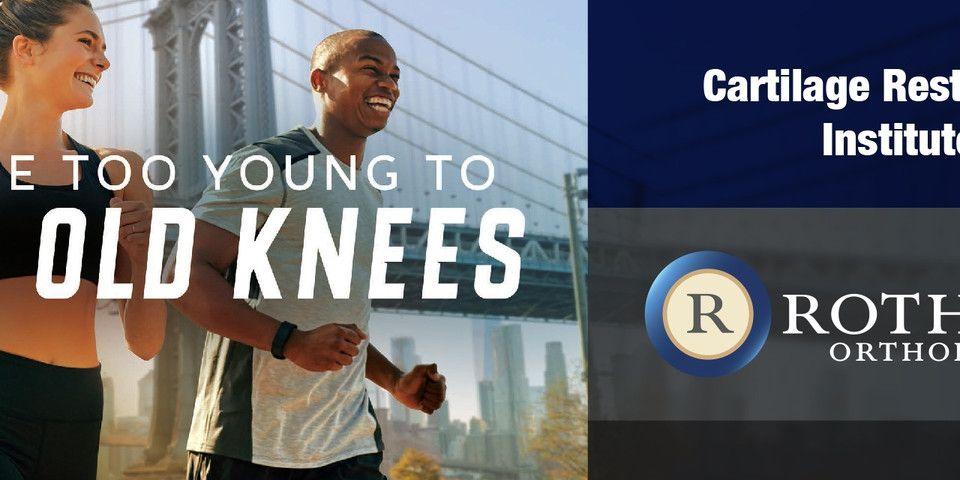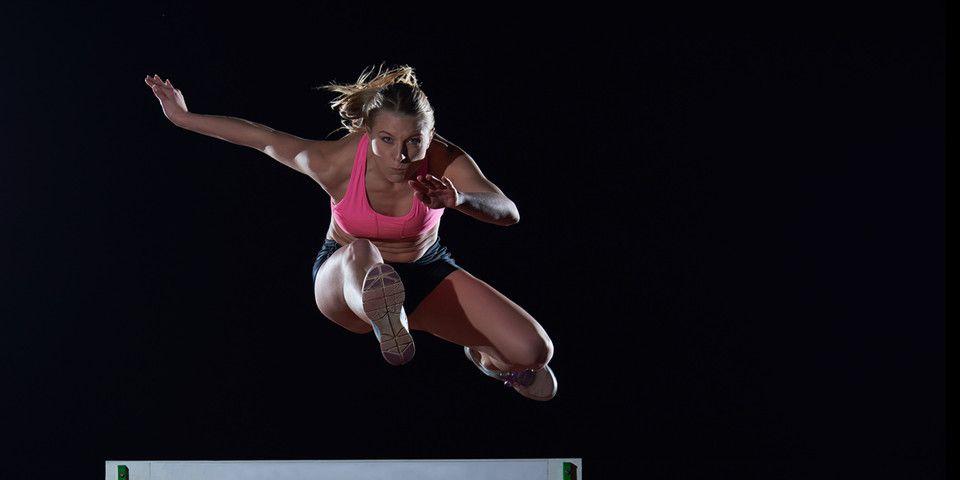Mountain Bikers: Broken Collarbone Treatment
Broken Collarbones Can Set You Back. Here’s What to Expect from Treatment.
The physical debilitation that follows a break of the collarbone is painfully frustrating for patients of all kinds. This frustration is especially high among mountain bikers, however, who are longing to be liberated from the impairments of their injury and the restrictions that come with broken collarbone treatment. And it certainly doesn’t help when summer has arrived and mountain biking season is at its prime peak.
Unfortunately, mountain bikers are, in fact, among the most likely persons to have to suffer a broken collarbone. Mountain bikers experience an average of 16.8 injuries per athletic exposure. Of these mountain biking accidents, broken collarbones represent one of the most frequently experienced serious orthopaedic injuries.
If you’ve experienced a collarbone injury while biking, effective treatment, a speedy recovery, and a return to mountain biking activity are likely your top priorities. You likely also have questions and concerns about the treatment and recovery process ahead.
The Treatment and Recovery Process
At Rothman Orthopaedic Institute, our Sports Medicine specialists can provide you with the most effective care available. Our advanced treatments and clinical expertise ensures that you will have the fastest recovery possible and the lasting results needed to restore your active lifestyle. Before treatment even begins, however, we can offer you the clarification and reassurance you’re looking for regarding the broken collarbone treatment process.
Learn about the three major stages of the treatment process and the broken collarbone recovery time you can anticipate below.
Stage One: Diagnosis and Consultation
The first stage of treatment is the diagnostic stage. Broken collarbones, or clavicle fractures, vary greatly, and the nature of the break will determine the type of treatment needed.
Diagnostic procedures will begin with a physical examination performed by your doctor, an assessment of symptoms, and a conversation about how the injury occurred. Imaging tests will also be performed, including a broken collarbone X-ray and, in some cases, a CT scan.
Most clavicle fractures experienced by mountain bikers occur due to a fall from the bike with outstretched hands, which sends impactful shock up the arm to the shoulder and collarbone. This usually causes the bone to fracture along the middle portion of the shaft; breaks at the point of attachment to the ribcage may also occur.
The treatment that is recommended in your particular case will depend upon where and how the clavicle is fractured. If the bone fragments have stayed relatively aligned, non-surgical treatment may be sufficient. If a displaced fracture (bone fragments out of alignment) or comminuted fracture (many small bone fragments) has occurred, surgery will likely be necessary.
Stage Two: Treatment (Surgical or Non-Operative)
The treatment proper stage will be the shortest; but it will also be the most impactful.
If you are a candidate for non-surgical care, you will likely be prescribed a combination of the following treatments:
-
Supportive Devices: A broken collarbone cast, broken collarbone sling, or broken collarbone brace to hold the fractured bone in place and enable healing.
-
Physical Therapy: Patients will be prescribed a personalized physical therapy plan to build musculoskeletal strength and prevent immobility.
-
Medication: Anti-inflammatory pain medication will often be prescribed.
Patients with displaced or severely fractured collar bones require surgery to restore the structure of the clavicle. Surgery is also frequently recommended for active patients, such as mountain bikers. The most common surgical procedure for clavicle fractures is an operation known as open reduction and internal fixation.
-
Open Reduction and Internal Fixation: During this surgical procedure, bone fragments are repositioned into proper alignment; then, plates and screws are installed to hold the bone fragments in place.
Stage Three: Recovery and Restoration
After your treatment has concluded, you will transition into the recovery stage.
Recovery will involve immobilization while your collarbone recovers. As healing occurs, physical therapy and rehabilitation exercises will be used to restore strength and function. As needed, pain will be managed with medication. Follow-up meetings with your orthopaedic specialist will likewise be an important component of recovery, both to ensure that healing is progressing properly and to monitor for any possible complications.
It takes several months for full healing of a broken collarbone to occur. Most patients will be able to return to normal activity within three months. Consult with your physician before resuming high-impact mountain biking activity.
Broken Collarbone Treatment at Rothman Orthopaedic Institute
Rothman Orthopaedic Institute is proud to offer injured mountain bikers the most effective broken collarbone treatments available. To learn more about treatment options at Rothman Orthopaedic Institute or to schedule an appointment, please visit us here or contact us at 1-800-321-9999.
Related Physicians
Related Specialties
Related Conditions
Related Treatments
Related Programs
-

Cartilage Restoration Institute
This is a center where patients can go to have their disabled joint biological resurfaced, realigned, and stabilized without having the joint replaced by artificial materials such as metal and plastic. It is well known that the outcomes of patients under the age of 50 undergoing artificial joint replacement are not as good as we would like. Therefore we feel the future of Orthopaedics is to try to restore a joint back to its original anatomy by realignment, ligament reconstruction, and cartilage restoration.Read More -

Women’s Sports Medicine Program
The Women’s Sports Medicine Program at the Rothman Orthopaedic Institute is the first of its kind in the Philadelphia metro area and one of only several such programs specializing in the comprehensive care of the female athlete in the country.Read More




